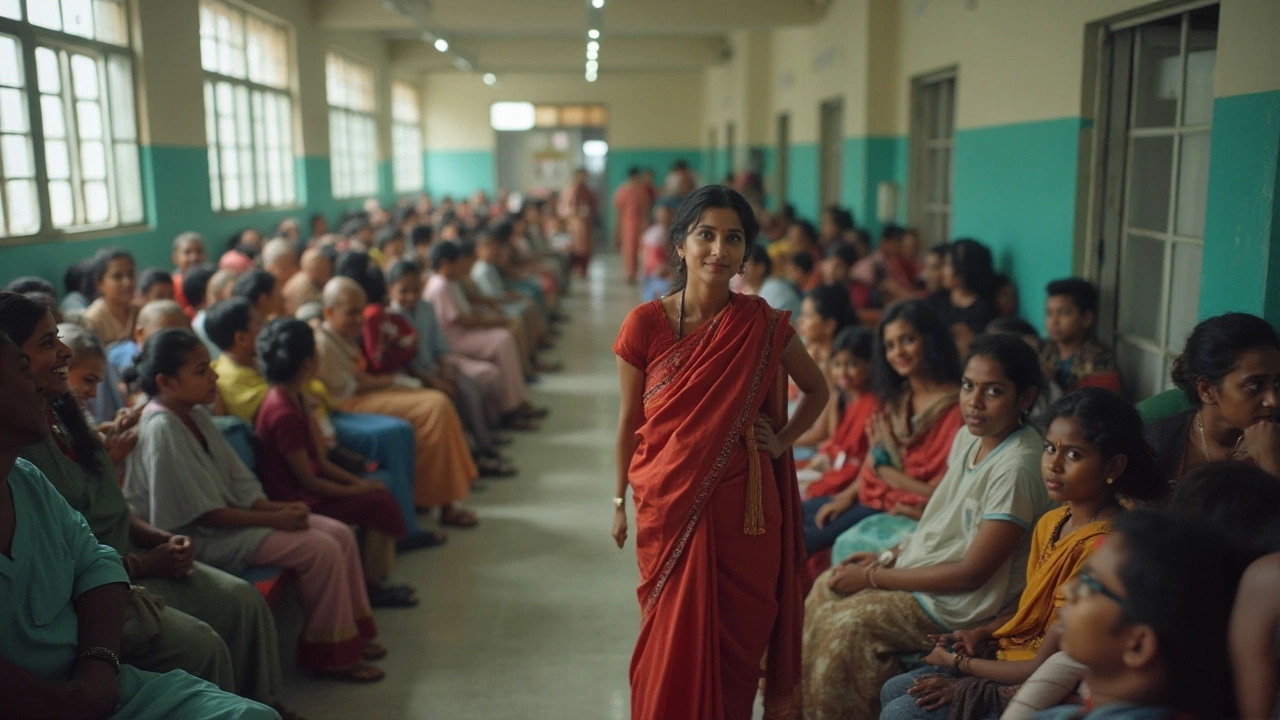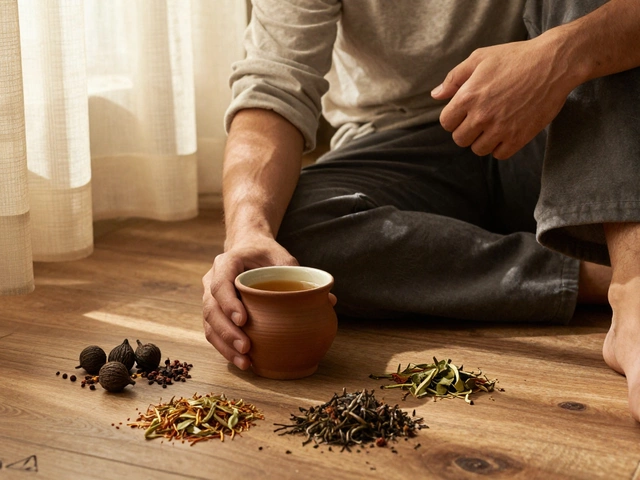Medical tourism, while beneficial for patients seeking affordable care, can have negative impacts on the home and host countries' medical systems. The influx of foreign patients might strain local healthcare resources and affect service quality. Health tourists sometimes bring communicable diseases, which can spread in the community, posing public health challenges. Ethical issues arise when medical tourism prioritizes foreign patients over locals, leading to healthcare inequality. Addressing these issues requires balanced health policies and international cooperation.
Read MoreHealth Travel Tips for a Pain‑Free Trip to India
Thinking about combining a vacation with a health check‑up or treatment? You’re not alone. More people are heading to India for Ayurveda, surgeries, and wellness programs. The key is to travel smart, keep discomfort low, and enjoy the experience.
Plan Your Medical Journey Early
Start with a clear list of what you need – a bone specialist, a heart surgeon, or an Ayurvedic practitioner. Use trusted portals or ask your local doctor for referrals to Indian clinics that have good reviews. Make sure the hospital’s accreditation matches international standards; it saves you headaches later.
Once you have a shortlist, contact the centers for a pre‑consultation. Many offer video calls, so you can discuss your condition, ask about pain‑control options, and get a rough cost estimate. Getting this info before you board the flight lets you pack the right meds and plan your budget.
Pack Smart for Pain Management
Bring any prescribed pain meds in their original packaging, plus a copy of the prescription. If you’re prone to motion sickness or joint stiffness, pack a small travel pillow, compression socks, and a gentle stretch band. A few minutes of light movement every hour can keep muscles from tightening up during a long flight.
Don’t forget a basic first‑aid kit – band‑aids, antiseptic wipes, and over‑the‑counter anti‑inflammatory tablets. In India, you’ll find pharmacies everywhere, but having your own supplies avoids language barriers and saves time.
When you land, give yourself a day to rest before any major appointment. Hydrate, eat light meals, and do simple breathing exercises. This helps your body adjust to the climate and reduces the risk of flare‑ups.
If you’re heading to an Ayurvedic center, ask about the diet they recommend. Many clinics suggest a sattvic (light, fresh) diet that reduces inflammation. Swapping heavy, spicy foods for boiled veggies and ginger tea can keep digestion smooth and pain low.
For surgical procedures, confirm the anesthesia plan and post‑op pain protocol. Ask the surgeon how long you’ll feel discomfort and what meds are safe to take at home. Knowing the timeline helps you set realistic expectations for recovery.
Travel insurance that covers medical tourism is a must. Look for policies that include hospital stays, medication, and possible repatriation. Read the fine print – some insurers exclude alternative treatments like Ayurveda.
Finally, keep a simple journal of symptoms, meds, and any side effects. Sharing this with your Indian doctor makes follow‑up easier and ensures you stay on track after you return.
Health travel can be a rewarding way to get top‑tier care and explore a new culture. With a bit of planning, you can keep pain under control and focus on healing. Safe travels and feel better soon!"





